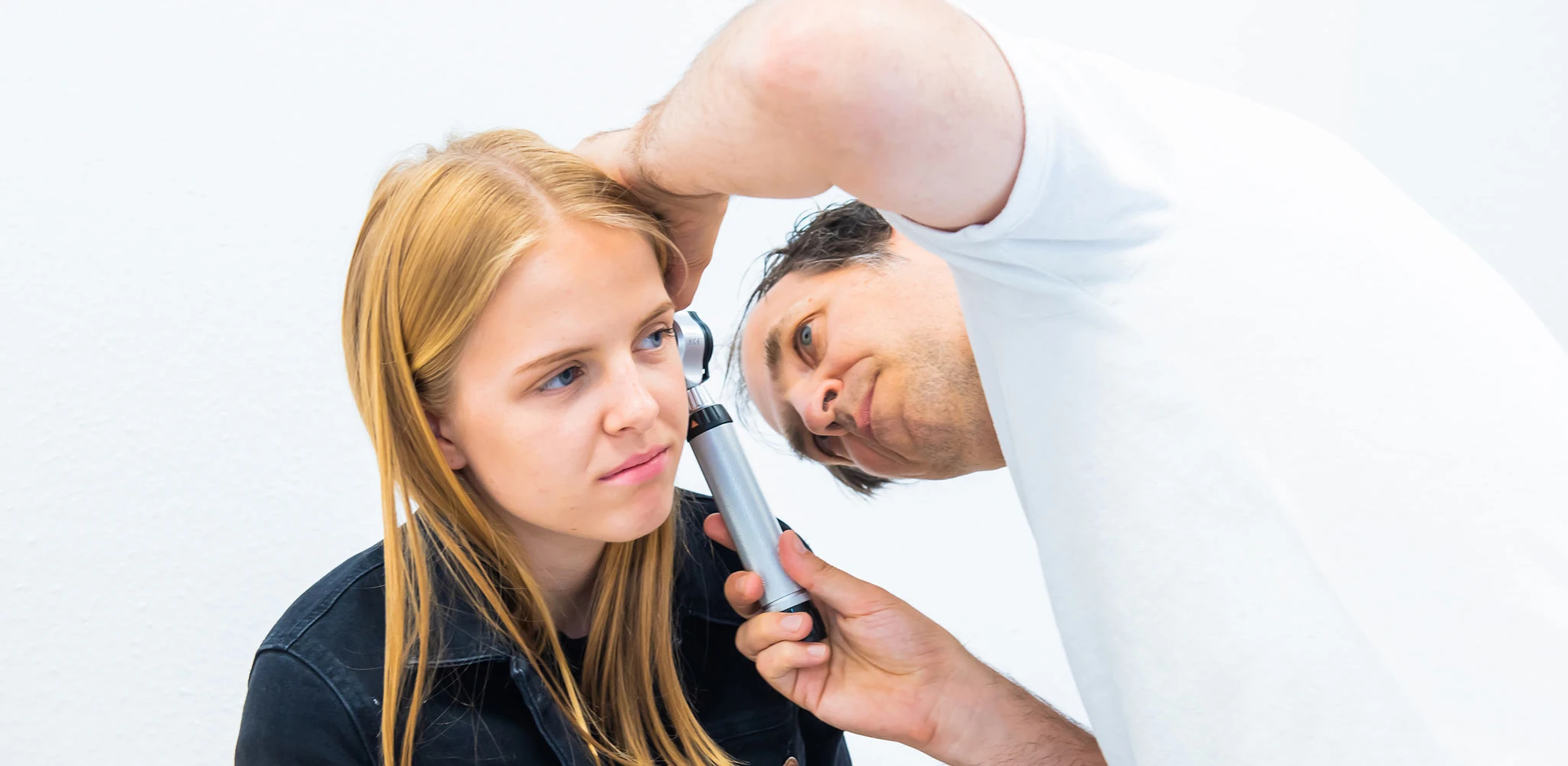Nail bed inflammation - that could turn into pus!
Today something from the category: small cause, big pain. It's about nail bed inflammation, also known medically as panaritium.
It usually starts quite harmlessly, a small pain on the toe, then it gets a little red - then it gets thicker, starts to pulsate and can then really hurt. In the worst case, an infection can spread throughout the whole body.
That's why it's important to take countermeasures early on. What triggers the whole thing? There is usually a certain basic predisposition, i.e. the anatomy of the toenail is such that someone tends to get this nail bed inflammation. However, an injury to the nail bed can also be a trigger, especially if you have nibbled on it too much. And: it can also be caused by sub-optimal foot care or an incorrectly cut nail.
It is very important not to cut children's toenails too short. And leave the edges rounded rather than too square - this makes the nail less likely to grow in under the nail bed.
It is also important to take local antiseptic measures at an early stage. For example, apply Octenisept or Betaisodona to the wound. This usually also helps to reduce the inflammation. If the symptoms still don't go away or even get worse, please see a doctor.
The next step is to apply localised antibiotic ointments to the wound. And if that doesn't help either, sometimes surgery really is the last resort. A small piece of the nail is then removed under local anaesthetic. This is usually so crucial that the nail and nail bed can heal completely.
Further interesting tips
Separation children
Unfortunately, this is a topic that you have to talk to parents about time and again in the paediatric practice: How do parents deal with separation or divorce? What do you need to bear in mind to minimise the impact on the child?
Blood sampling
Today we are focussing on taking blood samples. This is not such an uncritical issue in the paediatric practice because very few children find it cool. So here are a few things to bear in mind.
Mouth fungus
For many, there is always room for a pilsner between the liver and spleen. In babies, unfortunately, there is often room for a troublesome fungus between the tongue and cheek. But don't worry: we can get it under control with a few simple measures.
